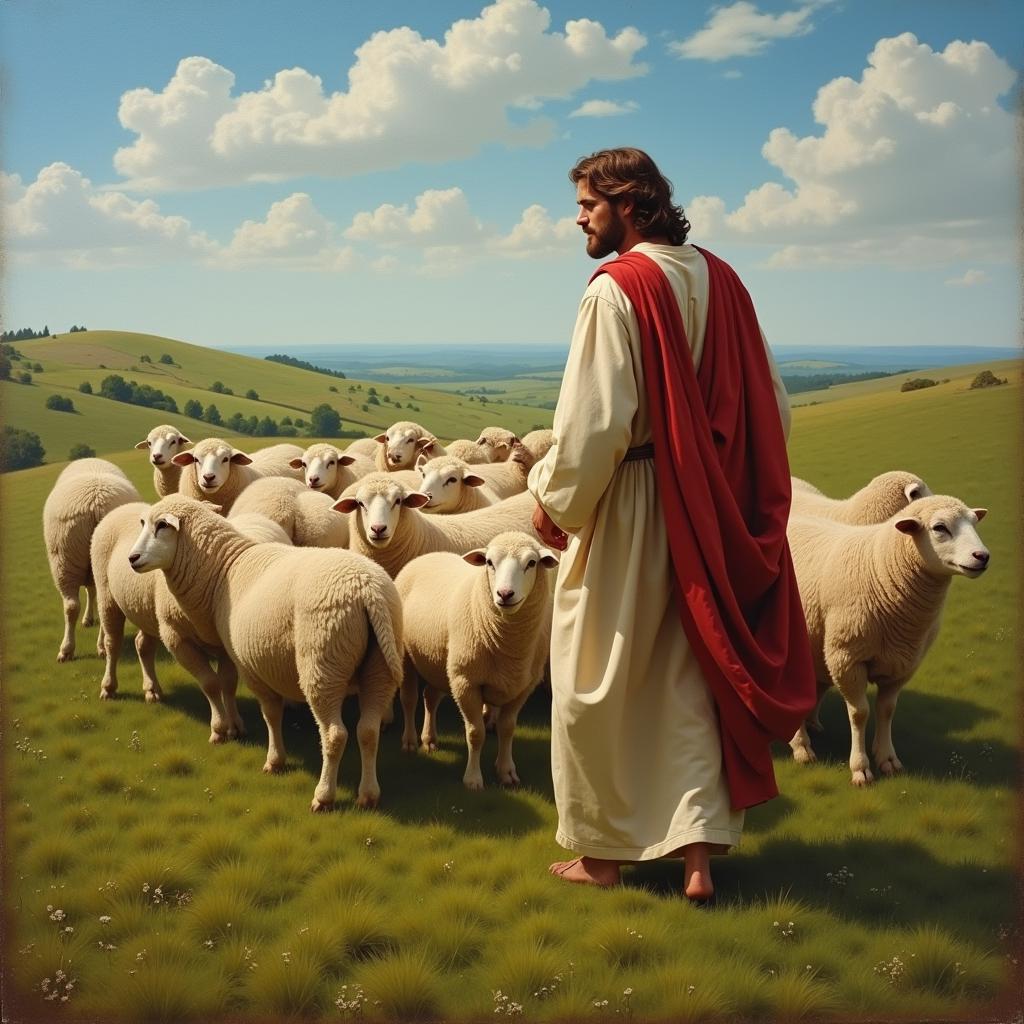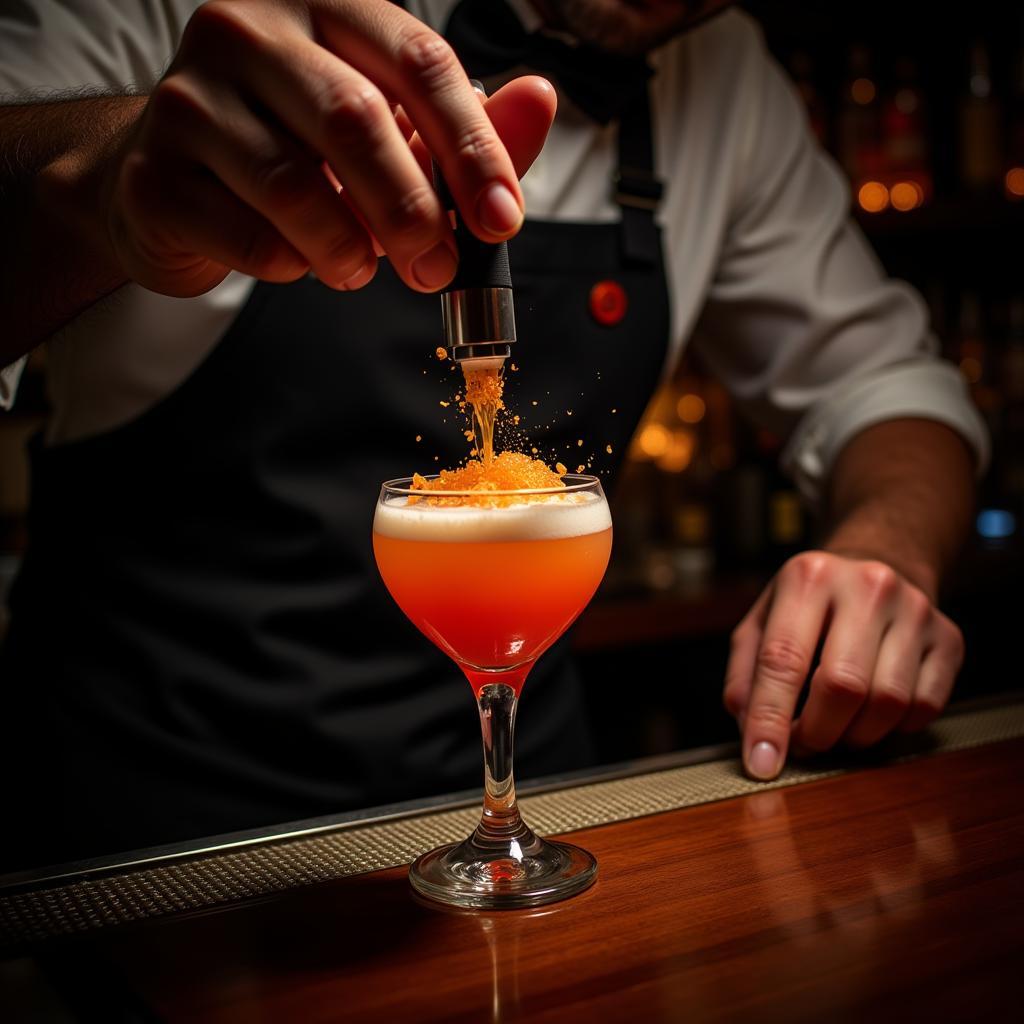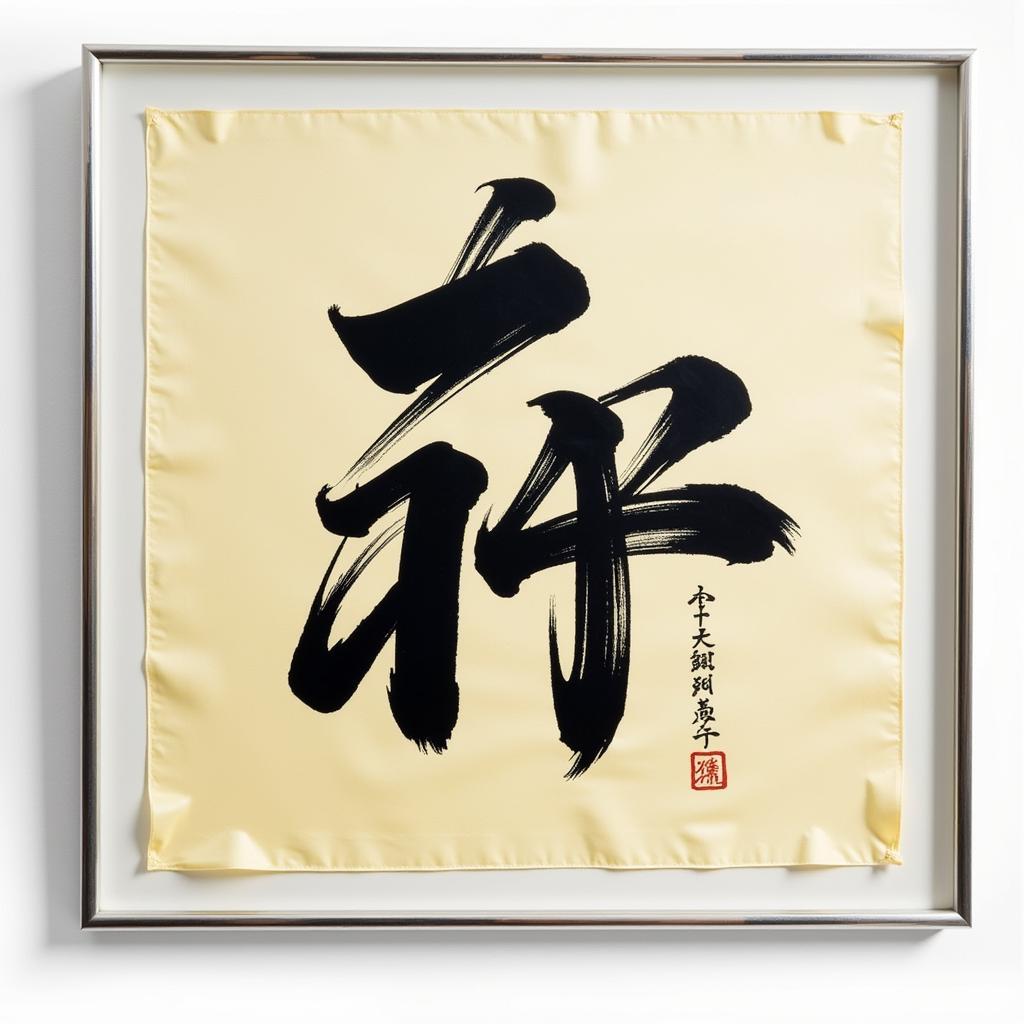Art: The Definitive Visual Guide
Art is a universal language that transcends cultures, time, and even words. It’s a powerful form of expression that can evoke emotions, spark conversations, and challenge our perspectives. But understanding art, especially in today’s digital age, can feel like navigating a vast and complex landscape.
This guide aims to be your definitive resource for understanding the world of art, with a focus on the unique and exciting possibilities offered by digital technology. We’ll explore the different mediums, techniques, and movements that shape artistic expression, while uncovering the role of technology in pushing the boundaries of creativity.
The Evolution of Art: From Traditional to Digital
Art has been around for as long as humanity itself, taking various forms throughout history. From the cave paintings of Lascaux to the Renaissance masterpieces of Michelangelo, each era has left its mark on the artistic landscape.
Traditional Art Forms: A Foundation of Expression
Traditional art encompasses a wide range of mediums and techniques, each offering unique possibilities for artistic expression.
- Painting: Using pigments suspended in a binder to create images on a surface, painting has been a fundamental form of art for millennia.
- Sculpture: Three-dimensional art forms, sculptures can be created from a wide range of materials, including stone, metal, wood, and even ice.
- Drawing: A versatile medium that uses lines, shading, and texture to create images.
- Photography: Capturing moments in time, photography is a powerful medium that allows artists to document reality and share their perspectives.
The Digital Revolution: Transforming Artistic Possibilities
The advent of digital technology has brought a new dimension to the art world. Digital art utilizes computer software and hardware to create and manipulate images, offering artists unprecedented flexibility and creative control.
- Digital Painting and Illustration: Artists can utilize software like Photoshop and Procreate to paint and illustrate with precision and a wide range of tools.
- 3D Modeling and Animation: Bringing objects and characters to life, 3D modeling and animation have become increasingly popular in film, gaming, and advertising.
- Digital Photography and Video: Digital technology has revolutionized photography and video, offering artists high-resolution images and advanced editing capabilities.
- Interactive Art: Digital technology enables the creation of interactive art experiences, allowing viewers to actively engage with the artwork.
“The digital revolution has opened up an incredible world of artistic possibilities, allowing us to explore new forms of expression and challenge traditional boundaries.” – Dr. Sophia Lee, Art Historian and Digital Art Expert
Understanding Art Movements: Exploring the Evolution of Style
Art movements are periods of significant stylistic and conceptual change in art history. Each movement reflects the social, political, and cultural climate of its time, shaping the way artists see and represent the world.
Major Art Movements: From Renaissance to Modernism
- Renaissance: A period of artistic and intellectual rebirth in Europe, marked by a focus on humanism and a revival of classical ideals.
- Baroque: Characterized by drama, grandeur, and emotional intensity, Baroque art reflects the power and wealth of the Catholic Church and the emerging European monarchies.
- Rococo: A lighter and more decorative style than Baroque, Rococo art embraced elegance, grace, and a playful use of color.
- Impressionism: A movement that challenged the traditional academic approach to painting, focusing on capturing the fleeting effects of light and color.
- Post-Impressionism: A reaction against Impressionism, Post-Impressionism explored more subjective and expressive approaches to painting.
- Modernism: A broad movement encompassing various artistic styles, Modernism challenged traditional values and sought to create new forms of expression that reflected the changing world.
Contemporary Art: A World of Infinite Possibilities
Contemporary art encompasses all art created in the present day, reflecting the complexities and diversity of the 21st century. It is characterized by experimentation, innovation, and a blurring of boundaries between different artistic disciplines.
- Conceptual Art: Focusing on ideas and concepts rather than traditional forms, conceptual art challenges the very nature of art itself.
- Performance Art: Art that involves the artist’s own body and actions, performance art often pushes the boundaries of traditional artistic conventions.
- Installation Art: Art created specifically for a particular space, installation art immerses the viewer in a unique sensory experience.
- Digital Art: Digital art continues to evolve, with new technologies and creative approaches constantly emerging.
“Contemporary art is a reflection of our time, a kaleidoscope of ideas, emotions, and perspectives that reflects the ever-changing world around us.” – Ms. Emily Carter, Contemporary Art Critic
Digital Art: A New Frontier for Creativity
Digital art is not simply a new medium; it’s a new way of thinking about art itself. It allows for greater flexibility, interactivity, and experimentation, opening up boundless possibilities for creative expression.
Advantages of Digital Art: Embracing the Future of Creativity
- Flexibility: Digital art offers a level of flexibility that traditional mediums can’t match. Artists can easily experiment with colors, shapes, textures, and compositions, making changes and revisions with ease.
- Accessibility: Digital art tools are widely available, making art creation accessible to a broader audience. Anyone with a computer or mobile device can explore the world of digital art.
- Interactivity: Digital art can be interactive, allowing viewers to engage with the artwork in new and exciting ways.
- Collaboration: Digital tools make it easier for artists to collaborate on projects, creating unique and dynamic works of art.
- Innovation: Digital art is constantly evolving, with new technologies and creative techniques emerging all the time.
Exploring Digital Art Techniques: Mastering the Tools of the Trade
- Pixel Art: A digital art style that uses small, individual pixels to create images.
- Vector Graphics: A type of digital art that uses mathematical formulas to create scalable images.
- 3D Modeling: Creating three-dimensional objects and characters using computer software.
- Digital Painting: Creating paintings using software that simulates traditional painting tools.
- Animation: Bringing images to life through a series of frames.
“Digital art is not just a new way of making art; it’s a new way of thinking about art itself. It’s about breaking free from limitations, exploring the unknown, and creating something truly unique.” – Mr. Alex Davies, Digital Artist and Technology Advocate
The Future of Art: A Seamless Blending of Technology and Creativity
The future of art is a fusion of technology and creativity, where digital tools become extensions of the human imagination.
Emerging Technologies: Shaping the Art Landscape
- Artificial Intelligence (AI): AI is already making its mark on the art world, enabling artists to create unique works using algorithms and machine learning.
- Virtual Reality (VR) and Augmented Reality (AR): VR and AR offer immersive experiences that allow viewers to interact with art in new and exciting ways.
- Biotechnology: Biotechnology is being used to create art that interacts with living organisms, blurring the lines between art and science.
The Role of Technology in Inspiring Creativity
Technology is not just a tool for artists; it’s a source of inspiration. By exploring the possibilities of digital mediums, artists are constantly pushing the boundaries of creative expression and redefining what art can be.
“The future of art is boundless. It’s about embracing technology as a tool for creativity, pushing the boundaries of what’s possible, and creating art that resonates with audiences in ways we can only imagine.” – Ms. Sarah Jones, Digital Art Curator and Technology Enthusiast
Conclusion
The world of art is vast and ever-evolving, but by embracing the power of technology, we can unlock a universe of creative possibilities. This guide has provided a glimpse into the rich history, diverse movements, and innovative techniques that shape the artistic landscape. As we continue to explore the intersections of technology and creativity, the future of art promises to be truly captivating and transformative.
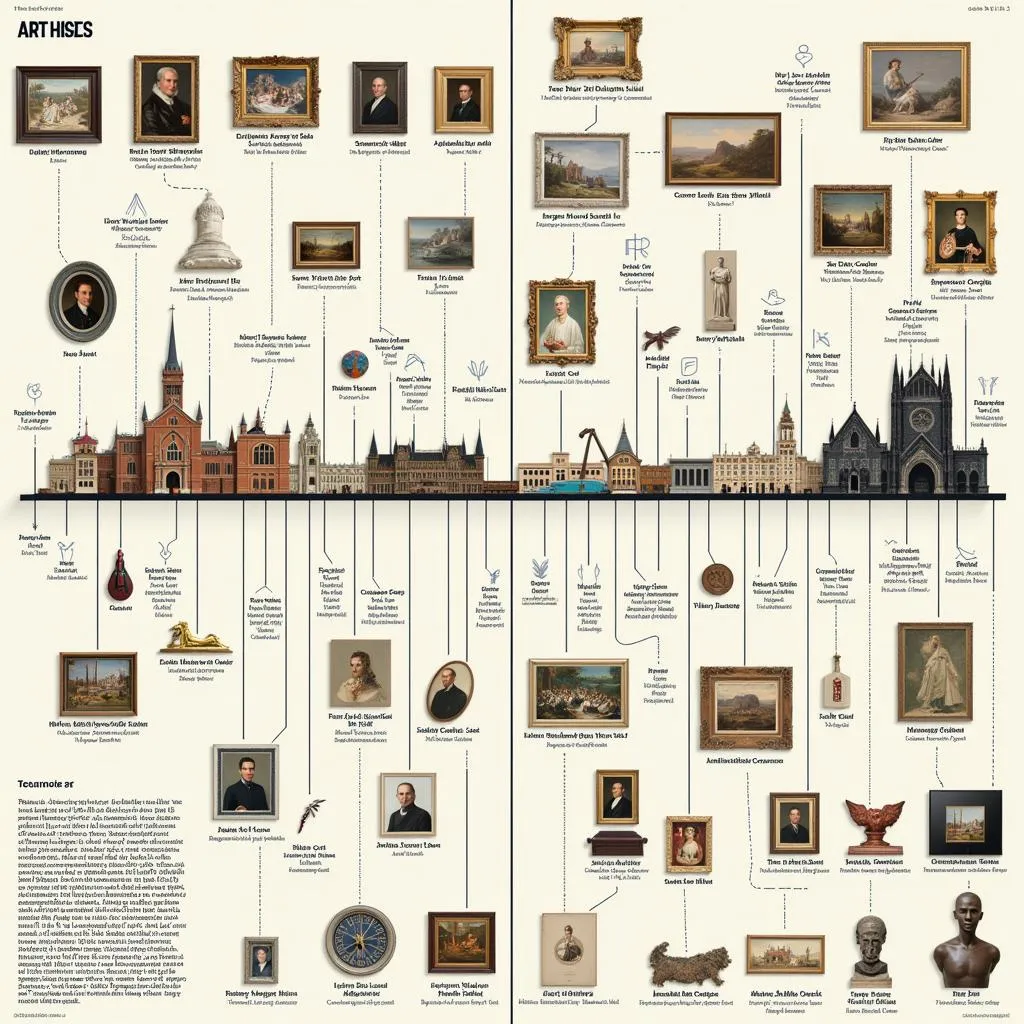 Digital Art: From Traditional to Digital
Digital Art: From Traditional to Digital
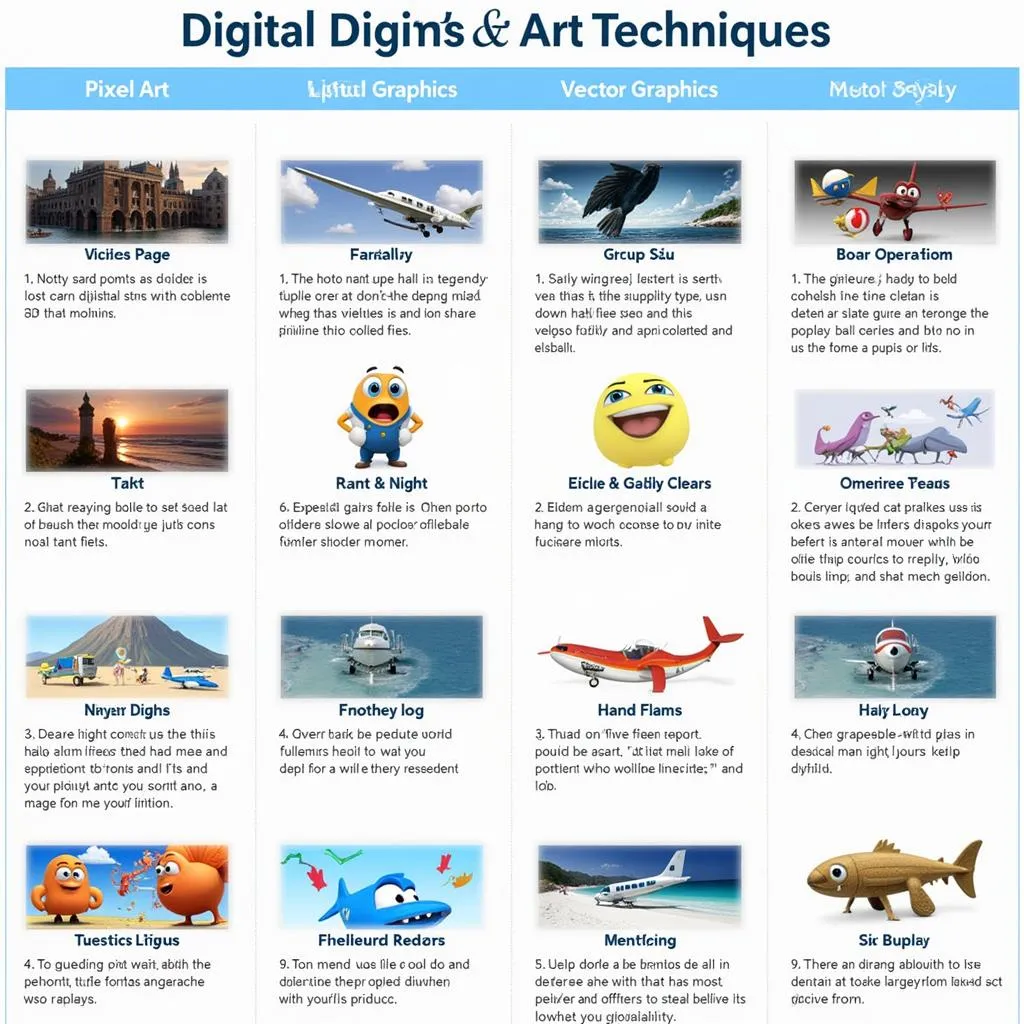 Exploring Digital Art Techniques: Mastering the Tools of the Trade
Exploring Digital Art Techniques: Mastering the Tools of the Trade
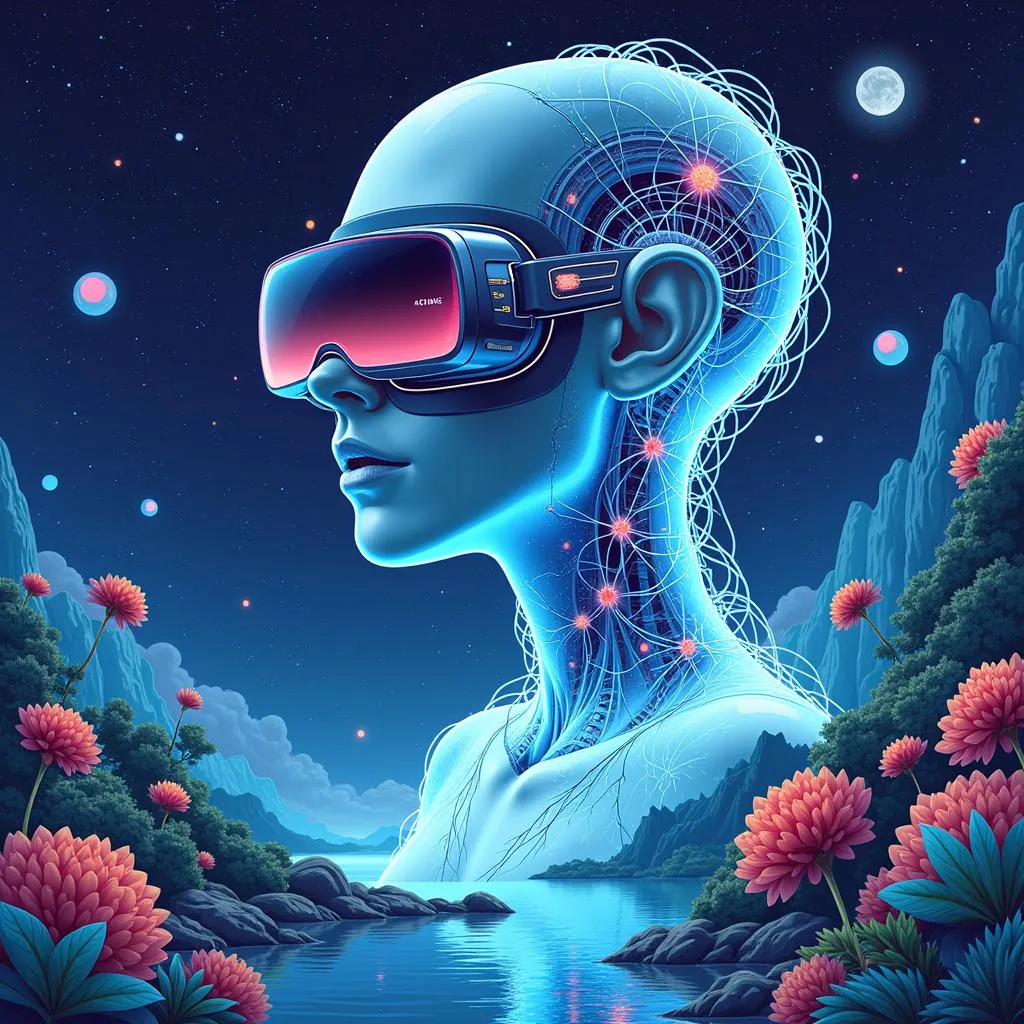 The Future of Art: A Seamless Blending of Technology and Creativity
The Future of Art: A Seamless Blending of Technology and Creativity
FAQ
Q: What are some popular digital art software programs?
A: Some popular digital art software programs include Adobe Photoshop, Procreate, Autodesk Sketchbook, and Clip Studio Paint.
Q: How can I get started with digital art?
A: There are many resources available to help you get started with digital art, including online tutorials, workshops, and communities. Experiment with different software programs and explore different art styles to find your own unique voice.
Q: What are some examples of famous digital artists?
A: Some famous digital artists include Beeple, Refik Anadol, and Takashi Murakami.
Q: What are some emerging trends in digital art?
A: Some emerging trends in digital art include AI-generated art, immersive VR experiences, and bio-art.
Q: How can I learn more about digital art?
A: You can learn more about digital art by exploring online resources, attending workshops, and connecting with other artists in online communities.
